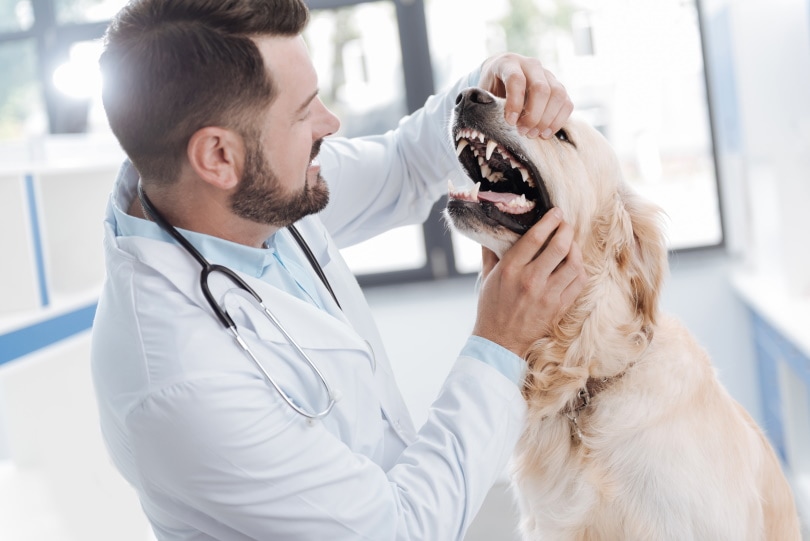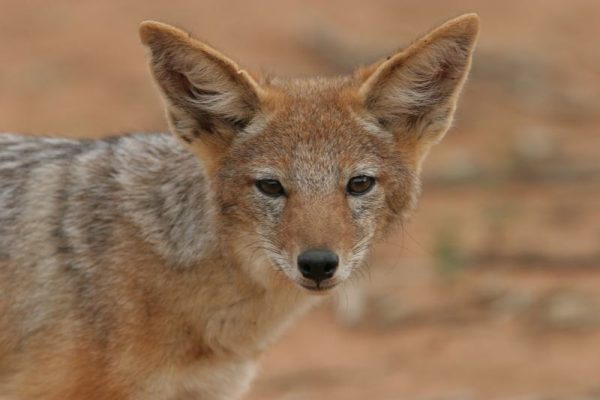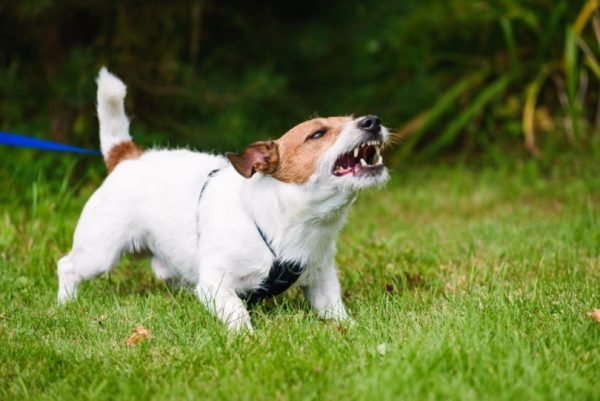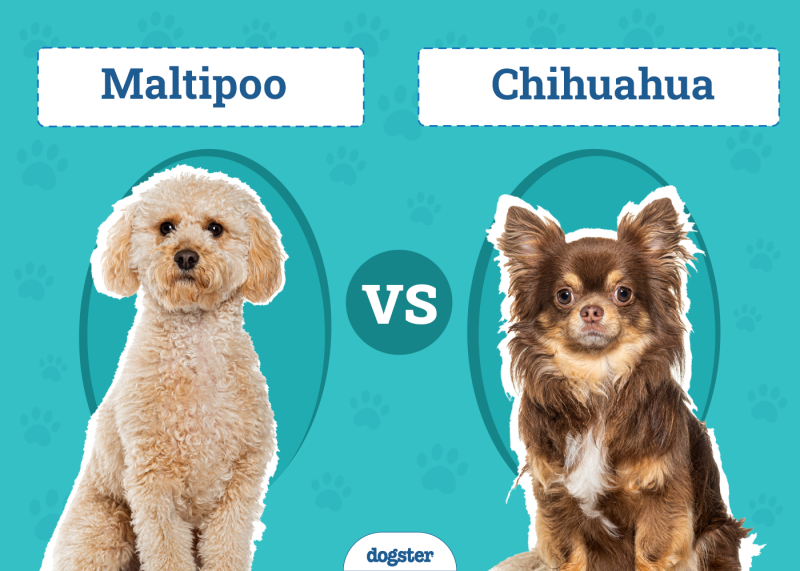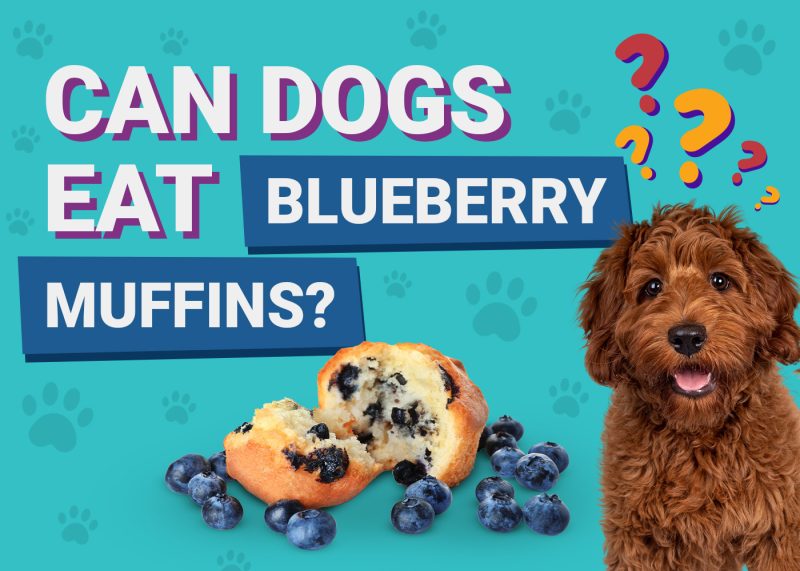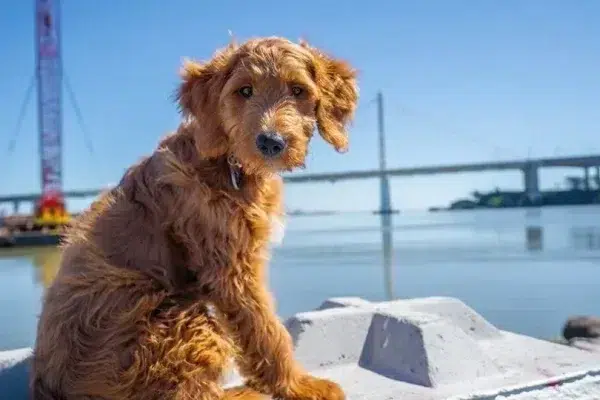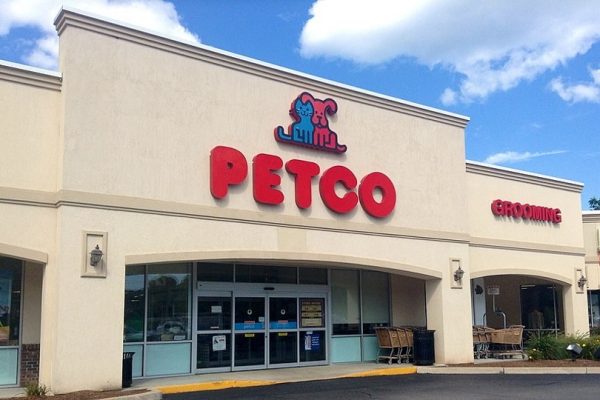In this article
View 4 More +If humans lose teeth, their dentists can provide dental implants to replace them. This may lead many people to think that if their dog loses a tooth, their veterinarian will offer an implant. However, the reality is that the use of dental implants in humans cannot be directly applied to dogs due to the significant differences in oral anatomy and needs.
While some veterinary dentists offer dental implants for dogs, this is a very uncommon treatment and its use is not endorsed by the entire veterinary community. According to the few sources available, a single tooth implant in dogs can cost between $2,000–$4,000.
Keep reading to learn everything you need to know about the cost of dog tooth implants and why its use is controversial.

The Controversy of Dog Tooth Implants
Implants in humans restore the chewing function since they act like regular teeth. However there is not enough evidence in veterinary medicine that dental implants are safe and efficient and that the claimed benefits outweigh the risks. It is important to note that dental implants for dogs are relatively new and it is possible that the situation may change in future years.
Some studies suggest that dogs that lose single or multiple teeth can still function fully without impacting their quality of life, begging the question of whether or not tooth implants are really necessary and should be considered. We strongly recommend reviewing the procedure with your vet to determine if getting an implant would benefit your dog.
How Much Do Dog Tooth Implants Cost?
The process of putting in a dental implant is very complex and should only be carried out by certified veterinary dentists. This type of treatment is not widely described in veterinary medicine since it’s not generalized and is not without debate. In human dentistry the first step is typically to take radiographs to determine the teeth and bone’s condition and whether or not a bone graft or substitute material is necessary.
If bone grafting is done, the area might be left to recover and give the body time to assimilate it. This process can take several months.
Once there is sufficient bone to support the implant, the process can begin. A titanium screw will be installed into the implant area. You will need to wait for another 3 to 6 months from this point to see if the body will integrate the screw with the rest of the jawbone. The screw is essentially an artificial root.
Once the screw has been integrated, the ceramic tooth will go on top of the implant. Since the process is so complex, it’s expensive.
Finding cost estimates for implants online is incredibly difficult since this procedure is new and not performed often. VetInfo.com provides a conservative estimate for a single implant at $2,000, but other sources claim the cost can be over $4,000. To receive a more precise estimate, contact your local veterinary office, as prices for veterinary care can vary significantly from state to state and vet to vet.
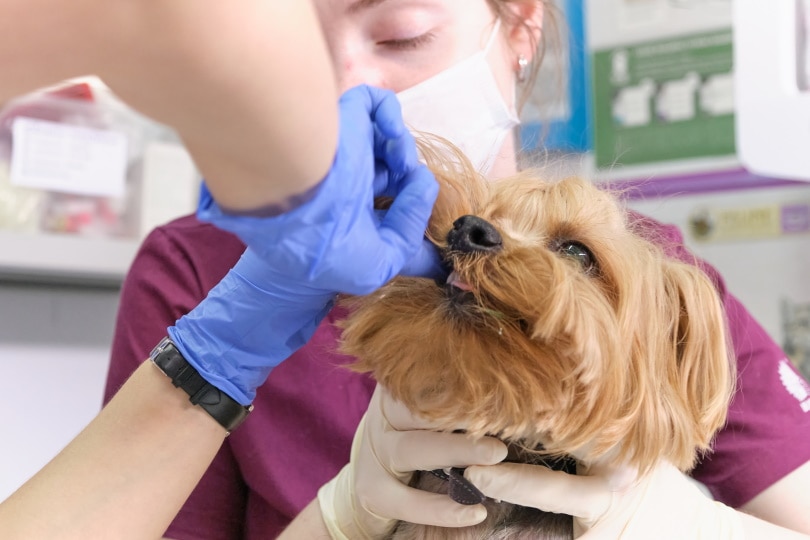

Additional Costs to Anticipate
A dental implant will require general anesthesia and X-rays at a minimum. If you need a tooth removed before the implant, you must also pay for the extraction. Pawlicy Advisor lists the average price of a canine X-ray at $150–$250. Most dogs will need sedation or general anesthesia to take the images properly, especially dental ones. Larger dogs will need a higher dose of sedatives than smaller ones, driving up the price of the X-ray.
The cost of anesthesia will vary greatly depending on your dog’s size and the length of the procedure. You can expect to pay around $90–$1,200 depending on their size and type of procedure. While the tooth extraction price might seem low, you’ll need to pay for X-rays and anesthesia on top of the tooth removal price.

Does Pet Insurance Cover Dog Dental Implants?
Pet insurance is a great investment for dog owners since it can offset some of the unexpected costs of veterinary treatments. Some pet insurance policies provide dental coverage, but most plans only cover the most common procedures, such as extractions and root canals or treatment for conditions like gingivitis and periodontal disease.
However, keep in mind that the providers may not reimburse for services related to pre-existing dental conditions, cosmetic services, and routine care like exams and cleaning. Therefore, your provider is unlikely to reimburse you for the cost of an implant.
How Do I Keep My Dog’s Teeth Healthy?
Besides taking your dog for routine check ups to the vet, the best way to prevent dental disease is to brush your dog’s teeth every day. Doing so will minimize the bacteria that linger in their mouth and reduce the amount of plaque that builds up. If plaque stays on their teeth too long, it will harden and turn into tartar. Tartar attracts more plaque to stick to it and can cause gingivitis.
Dog chew toys and certain treats can also play a role in reducing plaque. Look for softer toys like rubber balls or toys in which you can hide treats. Dental treats can also help to scrape off the plaque on your dog’s teeth. Some pet food companies also manufacture food specifically meant to improve dental health.
These dental diets are designed to scrub your dog’s teeth as they chew. You should talk to your vet before changing your dog to a new food.
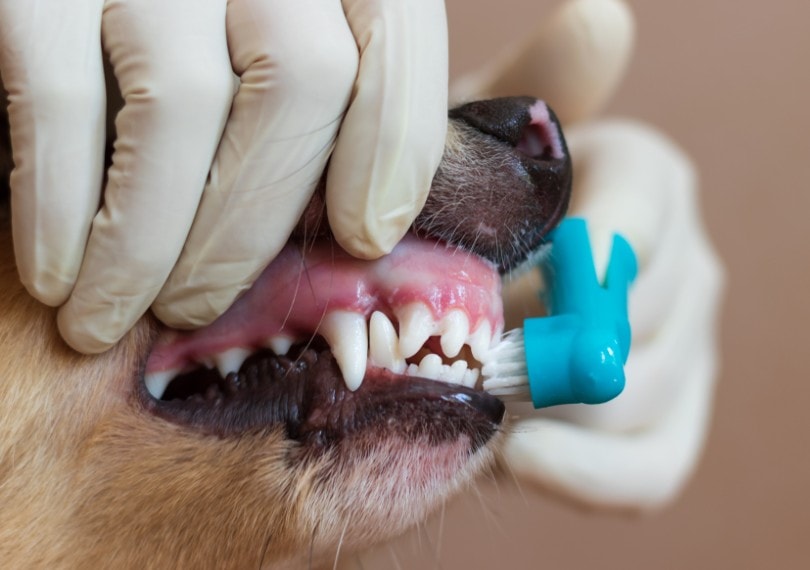

Conclusion
Dog tooth implants are a controversial treatment. Since this procedure is so new, not much is known about the long-term success of dental implants in dogs. If you think your pup will benefit from an implant, talk to your vet for advice. They may refer you to a specialist if your dog needs their mouth problem assessed, and be prepared to travel if the procedure is not available in your area.
See also:
Featured Image Credit: YAKOBCHUK VIACHESLAV, Shutterstock

